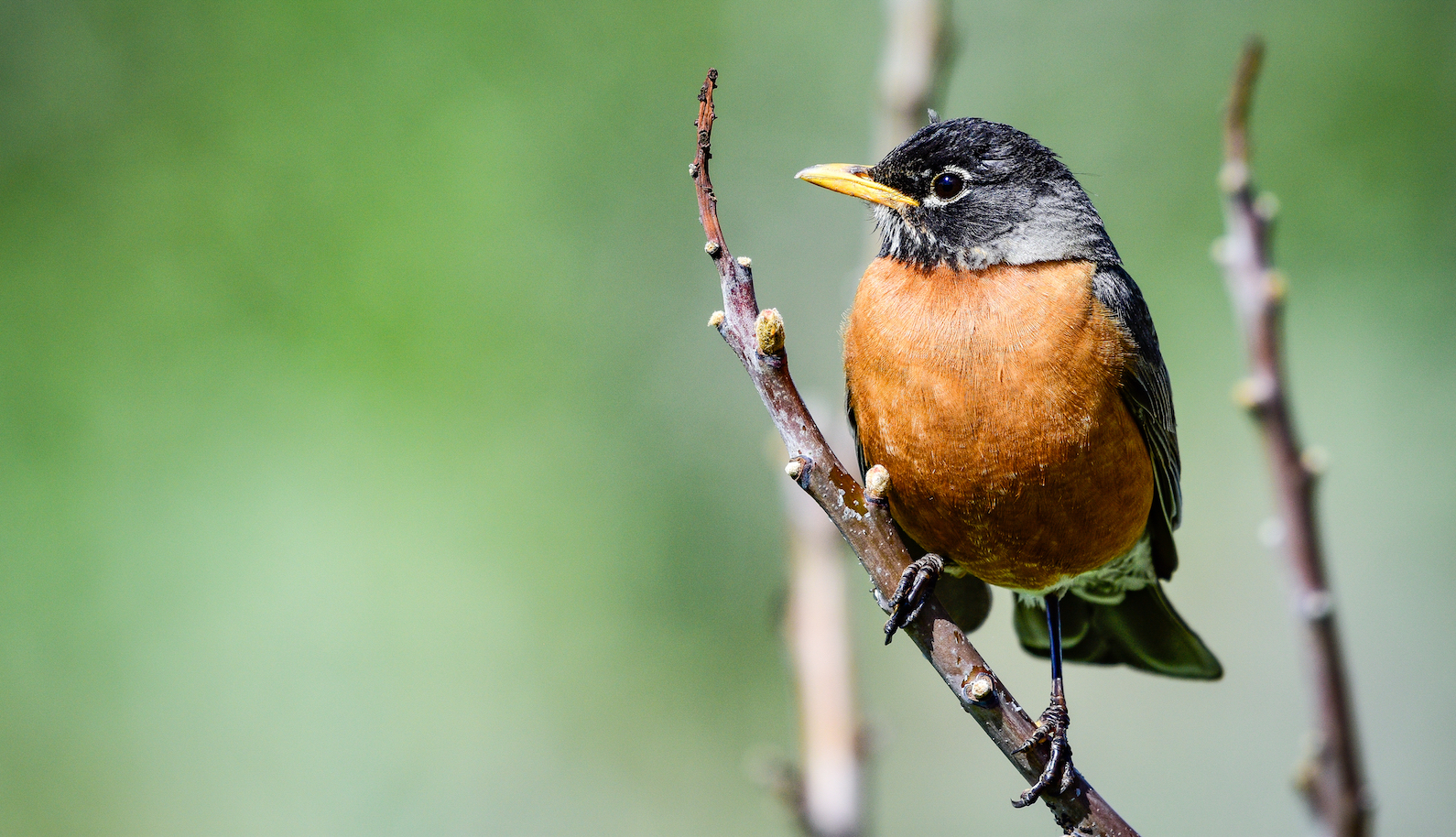
People feeding animals are altering wider wildfire migration
Researchers at the University of Georgia have found that humans are changing animal migration patterns by altering the landscape. These modifications can also affect interactions between wildlife and parasites, which poses a threat to public health.
Study co-author Richard Hall is a faculty member in the Odum School and the College of Veterinary Medicine’s Department of Infectious Diseases. Hall collaborated with researcher Leone Brown to investigate how feeding wildlife can influence both migration and disease using mathematical models.
“One familiar example for that would be American robins, where widespread ornamental plantings of berry-bearing bushes in city parks and backyards means there’s food for them in the winter, so an increasing fraction of them is staying north,” said Hall. “That’s a species that we know is an important host for maintaining West Nile virus in places such as New York City.”
While some people intentionally provide food for animals using tools such as bird feeders, other people may not be aware they are feeding wildlife by actions such as setting food outside in trash cans. When animals have access to food, particularly when it’s year-round access, many of them will choose not to migrate.
Animals often migrate to escape extreme weather conditions or to find better access to food, but migration also has another important advantage. Migration can reduce parasite infection in animal populations by giving animals a chance to escape infested areas and by weeding out the infected animals because they cannot survive the trip.
If animals choose not to migrate because they have human-provided food resources, there can be harmful consequences. For example, individuals who stayed behind and formed resident populations could already be taking up breeding territories and resources by the time migratory animals return, putting them at a serious disadvantage.
In addition, those animals who stayed behind are more likely to be infected by parasites.
“When you get resident populations forming, you might extend the parasite transmission season, and additionally if those residents are supported by food subsidies through the winter, the infected individuals might be more likely to make it through,” said Hall. “So now these migrants are returning to areas where there’s already a larger number of infected individuals, so those mechanisms for escaping parasitism become less effective.
Hall said that there are steps that can be taken to minimize some of the risks of feeding wildlife. For example, planting native species that have a fruiting or flowering period that co-evolved with native birds would prevent interference in migratory patterns. He also explained that people who use bird feeders should regularly sweep out seed husks and clean them regularly to prevent disease.
“Migration is considered to be a threatened phenomenon by some because of the many barriers resulting from human land use and activities,” said Hall. “Providing food and shelter for wildlife in our backyards provides us with an important connection with the natural world, with associated benefits for our well-being and engagement with conservation issues. I don’t want to say to people, ‘Stop bird feeding,’ but rather to adopt practices to ensure its benefits for people and wildlife alike.”
The study is published in Philosophical Transactions of the Royal Society B.
—
By Chrissy Sexton, Earth.com Staff Writer













